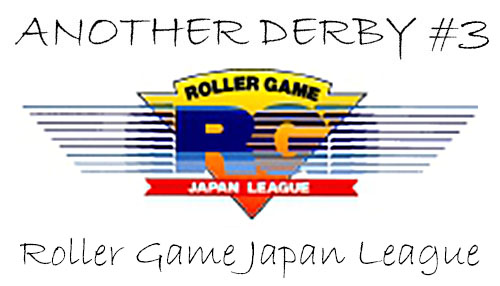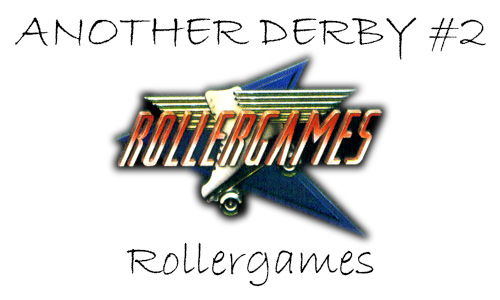For an introduction, explanation, and chapter index for the Another Derby series, click here. (Make sure you start from the beginning!) For Another Derby bonus content, like photos, rare derby videos, and other nuggets, follow the WRDN Twitter and look for tweets tagged with #anotherderby.

Modern roller derby.
By most people’s accounts, it began in Texas in 2001, when women began to play the game legitimately for the first time. A year later, flat track roller derby would be invented for the first time, and with that came standardized rules that, among other things, allowed roller derby to be played with just one jammer on the track for the first time. The accessibility of the game eventually allowed everyone—men and women—to play together at the same time, for the first time. The game grew so quickly around the world, a World Cup was commissioned, and teams representing their countries played against one another for the first time.
By most people’s accounts, that’s the history modern of roller derby.
But in reality, the history of modern roller derby, the history of flat track play, the history of power jams, the history of co-ed roller derby, the history of true international play, and the history of legitimate gameplay itself goes back much further than that. In fact, none of these historic firsts in roller derby can even be claimed by the country that invented the game 80 years ago, and re-invented it for the 21st century.
That honor goes to one of the last countries you’d imagine would have a place in roller derby history.

It’s flat-track co-ed power-jam legit roller derby…in 1988 Japan.
Believe it: Japan gave birth to modern roller derby before there was modern roller derby. Through its own transformation from scripted derby to that of a pure sports league (and an intriguing contemporary prologue) Japan’s branch of derby is a fascinating chapter in the history of the game. If you’ve never heard of it, buckle your seat belt—this is roller derby like you’ve never seen it before.
But before we strap in, let’s travel back to Japan in the early 1970s, to the genesis of what was soon to be the first time real roller derby would become a reality in the modern era…
Chapter 8
Roller Game Japan League: The Battle With Speed and Crash
In 1973, the golden age of derby came to an abrupt end when Jerry Seltzer was forced to shut down his Roller Derby promotion, finally succuming to the financial worries that had plagued him and his father for decades.
On the other hand, Bill Griffiths and his rival Roller Games promotion showed no signs of slowing down. In fact, he could hardly contain the mania to the United States.
A few years after Roller Games had exploded onto the American sports scene, Griffiths partnered with new and existing skating leagues in Canada, Australia, and Japan. The leagues in these four countries joined forces to collectively skate as the National Roller League, or NRL, later to become a part of the greater Roller Games International empire.
Though the number of teams in the international leagues were small compared to the six that Roller Games had stateside, they were very popular, just as popular as their American counterparts. Griffiths took advantage of this fact to set up all-star tours featuring RGI skaters from each of the countries against each other.
Or in the case of the United States, the World-Famous, World-Champion Los Angeles Thunderbirds, who Griffiths made to be America’s Team when it came to roller derby. Their popularity crossed borders, making the T-Birds truly known and loved the world over—or at least, known and loved enough to be able to play in front of sold-out crowds in the countries they toured through.
On one such tour in 1974, the T-Birds traveled to the Land of the Rising Sun to play a series against RGI Japan’s top team, the Tokyo Bombers.
Continue reading →
Let your friends know about this post:











